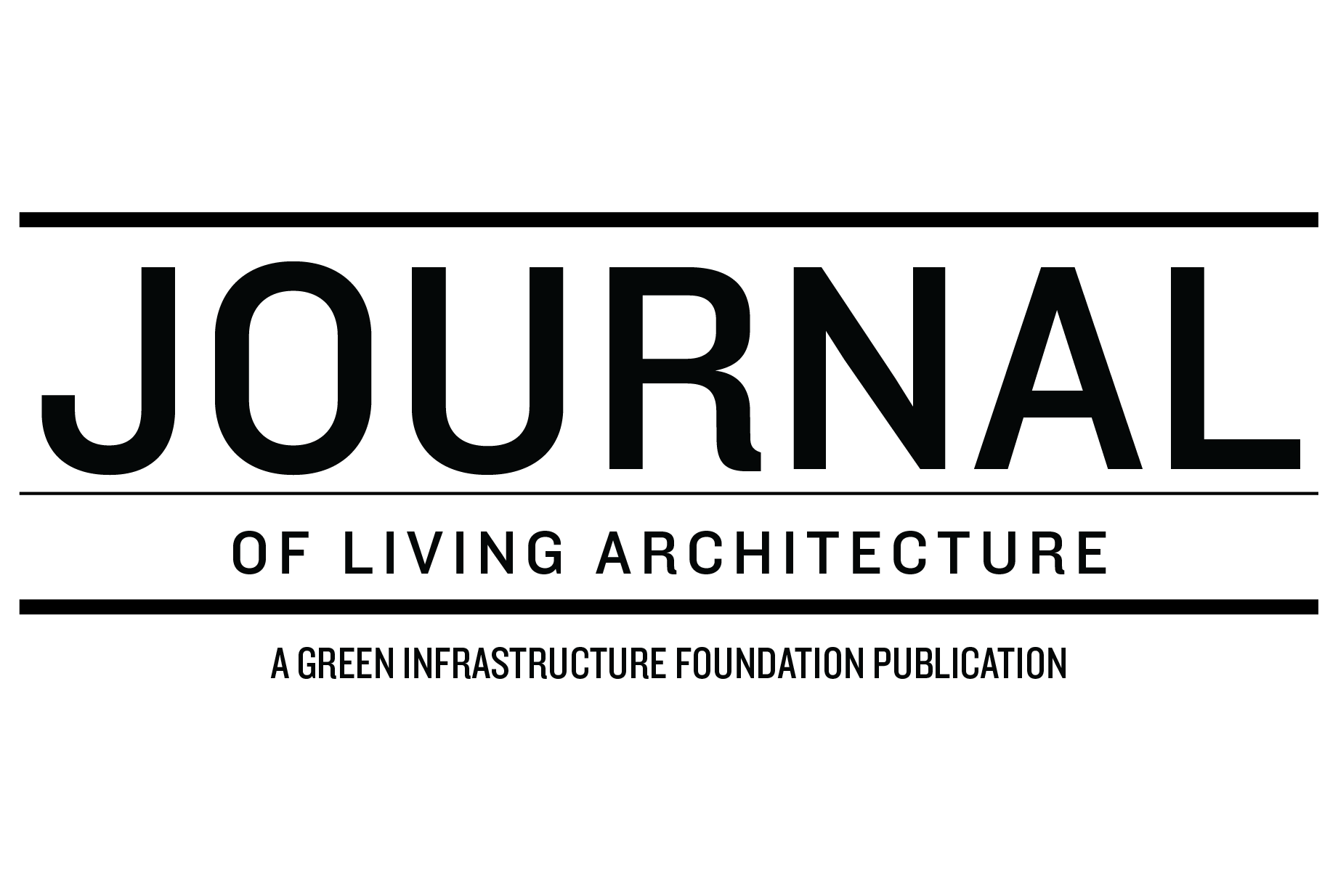Autumn Production of Romaine Lettuce on an Extensive Green Roof
Advertisement
The Journal of Living Architecture is a peer-reviewed, open-access journal, published by the Green Infrastructure Foundation and hosted by the Living Architecture Monitor Magazine. Learn more about the Journal, read all Journal articles, or find out how to submit to the Journal.
Autumn Production of Romaine Lettuce on an Extensive Green Roof
Volume 10 Number 1 Pages 13-25
Stuart A. Walters¹*, V. Thomas¹, Karen S. Midden¹, and John W. Groninger¹
(1) School of Forestry and Horticulture, Southern Illinois University, Carbondale IL 62901, U.S.A. *corresponding author: awalters@siu.edu
ABSTRACT
Extensive green roofs provide a significant amount of potential available space to expand urban agriculture. Successful crop production in this type of growing system requires growers to overcome temperature extremes, as well as drought conditions and low fertility associated with a shallow and porous rooting substrate. Four cultivars of Romaine lettuce (Lactuca sativa) that included ‘Outredgeous’, 'Parris Island Cos', 'Rouge d'Hiver', and 'Rubens Baby', were grown to maturity in an 8 cm deep expanded lightweight clay substrate on an extensive green roof during the autumn production seasons of 2012 and 2013. Fast and slow release fertilizer regimes popular with growers and a no fertilizer control were provided along with supplemental water via drip irrigation as needed. Chlorophyll content, as measured by a SPAD meter, provided a useful indicator of crop plant vigor and overall plant productivity. Abnormally cold growing conditions during the critical maturation period in autumn 2013 resulted in lower yields compared to 2012. Results indicated that lettuce productivity was improved by the addition of fertilizers, with the fast release providing the greatest growth and productivity. These results demonstrate the feasibility of producing a nutritious and popular autumn crop on an extensive green roof suitable for local urban food systems. However, this research also highlights the vulnerabilities of this system to weather. Utility of green infrastructure for teaching urban agriculture and plant biology is also discussed.
Key words: Agriculture education, edible landscaping, food insecurity, production horticulture, urban sustainability
Read the full article at: https://doi.org/10.46534/jliv.2023.10.01.013
This peer-reviewed article is provided free and open-access.
Advertisement

